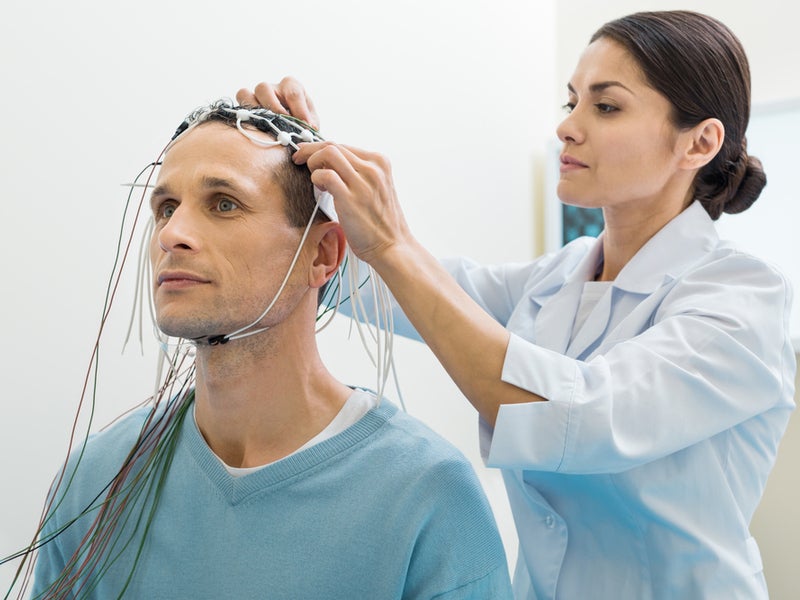
Application of non-invasive electrical stimulation to the brains of patients with tumours is able to decrease blood flow within the malignant growths, researchers have found.
The research was carried out at the Berenson-Allen Center for Non-Invasive Brain Stimulation (BACNBS) at the Beth Israel Deaconess Medical Center (BIDMC) in Boston, Massachusetts, US.

Discover B2B Marketing That Performs
Combine business intelligence and editorial excellence to reach engaged professionals across 36 leading media platforms.
This non-invasive stimulation could be harnessed into a therapy that prevents the growth and progression of brain tumours in the future. Patients with brain tumours currently have limited therapeutic options, the majority of which come with severe side effects.
Non-invasive brain stimulation is an FDA-approved technology used to treat a number of psychiatric conditions, including treatment-resistant depression. Low-intensity electrical fields are delivered to the brain through electrodes placed on the scalp, but this is the first time it has been tested in patients with brain tumours.
The researchers recruited 50 patients with brain tumours, eight of whom were able to complete the trial. Six of the patients had glioblastoma, an aggressive tumour which originates in the brain, and the other two had metastatic tumours which originated in the lung.
The patients received transcranial electrical stimulation (tES) while their brain blood flow was monitored using magnetic resonance imaging (MRI) technology. While the research team predicted that tES would have a similar effect on brain tumours as it has been shown to have on bodily tumours, they found it to be much more significant than expected after a single tES session.

US Tariffs are shifting - will you react or anticipate?
Don’t let policy changes catch you off guard. Stay proactive with real-time data and expert analysis.
By GlobalDataNo changes in blood flow in the rest of the brain were observed and none of the patients reported any adverse effects.
BACNBS assistant professor of neurology Emiliano Santarnecchi said: “This technique still requires further testing to optimize frequency and duration of treatment and to fully personalize protocols for individual patients. Future studies will investigate the impact of repeated tES sessions, evaluate the potential combination of tES with other cancer therapies and assess tES in other forms of brain tumours.”





